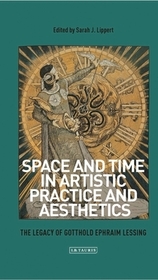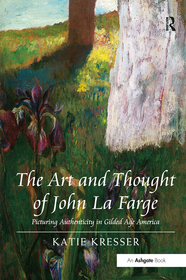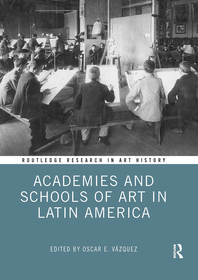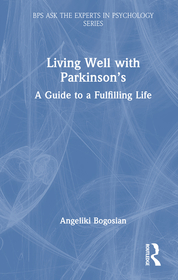
Space and Time in Artistic Practice and Aesthetics
The Legacy of Gotthold Ephraim Lessing
-
20% KEDVEZMÉNY?
- A kedvezmény csak az 'Értesítés a kedvenc témákról' hírlevelünk címzettjeinek rendeléseire érvényes.
- Kiadói listaár GBP 28.99
-
13 849 Ft (13 190 Ft + 5% áfa)
Az ár azért becsült, mert a rendelés pillanatában nem lehet pontosan tudni, hogy a beérkezéskor milyen lesz a forint árfolyama az adott termék eredeti devizájához képest. Ha a forint romlana, kissé többet, ha javulna, kissé kevesebbet kell majd fizetnie.
- Kedvezmény(ek) 20% (cc. 2 770 Ft off)
- Kedvezményes ár 11 080 Ft (10 552 Ft + 5% áfa)
Iratkozzon fel most és részesüljön kedvezőbb árainkból!
Feliratkozom
13 849 Ft

Beszerezhetőség
Megrendelésre a kiadó utánnyomja a könyvet. Rendelhető, de a szokásosnál kicsit lassabban érkezik meg.
Why don't you give exact delivery time?
A beszerzés időigényét az eddigi tapasztalatokra alapozva adjuk meg. Azért becsült, mert a terméket külföldről hozzuk be, így a kiadó kiszolgálásának pillanatnyi gyorsaságától is függ. A megadottnál gyorsabb és lassabb szállítás is elképzelhető, de mindent megteszünk, hogy Ön a lehető leghamarabb jusson hozzá a termékhez.
A termék adatai:
- Kiadó Bloomsbury Visual Arts
- Megjelenés dátuma 2024. augusztus 22.
- Kötetek száma Paperback
- ISBN 9781350438040
- Kötéstípus Puhakötés
- Terjedelem272 oldal
- Méret 214x138x18 mm
- Súly 360 g
- Nyelv angol
- Illusztrációk 16 integrated bw 589
Kategóriák
Hosszú leírás:
When the Enlightenment thinker Gotthold Ephraim Lessing wrote his treatise Laocoon: An Essay on the Limits of Painting and Poetry in 1766, he outlined the strengths and weaknesses of each art. Painting was assigned to the realm of space; poetry to the realm of time. Space and Time in Artistic Practice and Aesthetics explores how artists since the eighteenth century up to the present day have grappled with the consequences of Lessing's theory and those that it spawned. As the book reveals, many artists have been - and continue to be - influenced by Lessing-like theories, which have percolated into the art education and art criticism. Artists from Jean Raoux to Willem de Kooning and Frances Bacon, and art critics such as Clement Greenberg, have felt the weight of Lessing's theories in their modes of creation, whether consciously or not. Should we sound the death knell for the theories of Lessing and his kind? Or will conceptions of temporality, spatiality and artistic competition continue to unfold? This book - the first to consider how Lessing's writings connect to visual art's production - brings these questions to the fore.
TöbbTartalomjegyzék:
Introduction: The Tenets of Lessing and his Legacy by Sarah Lippert
Chapter 1: Drawing the Line: Jean Raoux's painted Virgins and Gotthold Ephraim Lessing's written Theories by Gabriela Jasin
Chapter 2: After Lessing: Beauty and the Unreality of Artistic Space and Time by Franco Cirulli
Chapter 3: E. H. Toelken's Addendum to Lessing's Laocoön (1822) by Eric Garberson
Chapter 4: The Temporality of Imitation in the Work of Moreau and Gérôme by Sarah Lippert
Chapter 5: Painterly Myopia and the Main Ingredient: Flesh: A Look at the Work of Soutine, Bacon, Dubuffet, and de Kooning by Chad Airhart
Chapter 6: Almost: Greenberg and Lessing by Thomas Morgan Evans
Chapter 7: In the Body's Space, the Body's Time: Feeling Your Way Through Richard Serra's The Matter of Time by Rob Marks
Chapter 8: Time, Space and Film: The Symbiosis of Pull My Daisy by Timothy Hiles
Conclusion: Limit-Imposing Systems by Sarah Lippert










